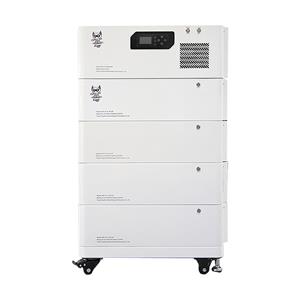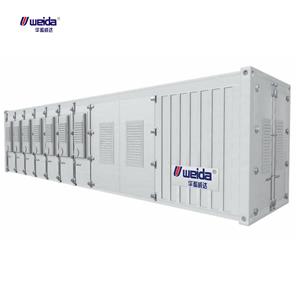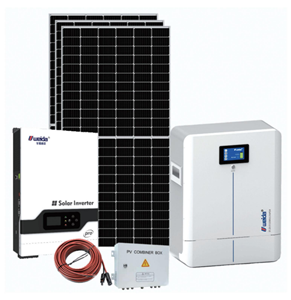Lead-Acid to Lithium-Ion: The Future of Energy Storage and Mobility
The conversion of lead-acid batteries to lithium batteries (i.e., ‘lead to lithium’) has become a hot
topic that has attracted a lot of attention as technology continues to advance and people's demand
for environmentally friendly and efficient energy solutions increases. From the traditional lead-acid
batteries to modern lithium-ion batteries, this shift not only represents technological progress, but also
heralds a major change in energy storage and power systems.

Second, the advantages of lead to lithium
1. High energy density: the energy density of lithium-ion batteries is much higher than that of lead-acid
batteries, which means that lithium batteries are able to store more electricity under the same volume
or weight. For example, for electric vehicles, the use of lithium batteries can significantly increase the
vehicle's range.
2. Long service life: Lithium batteries usually have a cycle life of thousands of cycles, much higher than
the 200-300 cycles of lead-acid batteries. This means that lithium batteries are more cost-effective for
long-term use, reducing the frequency of battery replacement.
3. Light weight and small size: Li-ion batteries are much lighter and smaller than lead-acid batteries,
which makes them ideal for use in equipment that requires a lightweight and compact design, such as
electric vehicles and mobile robots.
4. High charging and discharging efficiency: The charging and discharging efficiency of lithium batteries
is usually up to 90% or more, with little energy conversion loss. This not only improves energy use
efficiency, but also reduces charging time.
5. Good safety performance: modern lithium batteries are equipped with an advanced battery
management system (BMS), which is able to monitor the battery's parameters such as voltage, current
and temperature in real time, preventing overcharging, over-discharging, short-circuit and other problems.
6. Green: lithium batteries do not contain lead and other heavy metals, more friendly to the environment.
Third, the application areas of lead to lithium
1. Electric vehicles: After the conversion of lead to lithium, the range, power performance and charging
speed of electric vehicles have been significantly improved.
2. Energy storage system: In the field of home and industrial energy storage, lithium batteries can
provide more efficient and reliable energy storage solutions.
3. Mobile robots and AGV: 51.2V 105Ah lithium batteries are more and more widely used in automated
guided vehicles (AGVs), and their high energy density and long cycle life can meet the needs of AGVs for
long and uninterrupted work.
4. Backup power: such as UPS systems, base stations, server rooms, etc., lithium batteries can provide
more stable power support.

Fourth, lead to lithium market outlook
With the continuous progress of technology and cost reduction, lithium batteries will be more and more
widely used in various fields. In the future, with the continued development of the energy storage
industry and electric vehicles, the application of lithium batteries will be more scale.
Lead to lithium is not only a technology upgrade, but also a revolution in traditional energy solutions.
It brings higher efficiency, lower cost and better environmental benefits to our life and industry. With
the continuous development of technology, lithium batteries will play an important role in more fields,
promoting energy storage and power systems to a more efficient and environmentally friendly direction.





